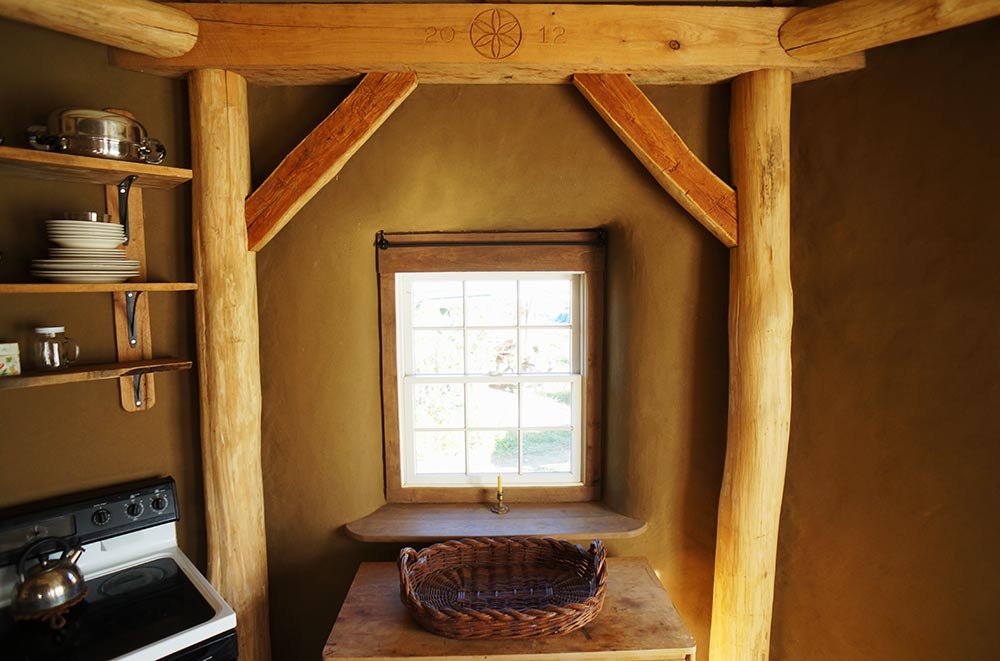 The world of natural plasters runs deep. Despite the seeming simplicity of plaster, there’s a lot of depth to explore. Materials, recipes, tools, and application can vary widely from project to project, person to person, and place to place. Although there are some good resources on the subject, there haven’t been a lot of in-depth publications focused on plastering in North America specifically.
The world of natural plasters runs deep. Despite the seeming simplicity of plaster, there’s a lot of depth to explore. Materials, recipes, tools, and application can vary widely from project to project, person to person, and place to place. Although there are some good resources on the subject, there haven’t been a lot of in-depth publications focused on plastering in North America specifically.
Luckily, that’s changed with the release of Essential Natural Plasters. This is easily my new favorite resource for natural plaster recipes and techniques. The authors Michael Henry and Tina Therrien (and a host of contributors) shine a bright light on the sometimes mysterious subject of clay and lime finishes.
Natural Plaster Recipes & More…
Essential Natural Plasters covers a lot of ground in a relatively brief book. Sourcing materials, differences between lime and clay, types of sand and fiber, substrate preparation, tool use, worksite setup, mixing, and recipes are all covered here with satisfying depth. The information is straightforward, practical, and professionally-oriented.
A real highlight are the numerous recipes for clay and lime plasters in the latter half of the book. These recipes have been collected from a diverse group of natural builders and plasterers for a variety of situations. Clay and lime base coats and finishes are all included, along with coverage estimates and tips for mixing and applying each unique mix. This is definitely an invaluable segment of the book — I’ve found myself referencing these recipes several times already. I love having all of this information in one place.
The first half of the book is full of helpful information and tips as well. Since Michael and Tina both do this work for a living, they go beyond the basics and into worksite efficiency, setting up, and technicalities that are often missing in more general natural building books. For example, there’s good stuff in here about blending different binders, which I don’t know that I’ve seen anywhere else. And James Henderson’s succinct description of repairing clay plasters is very good. I do wish gypsum plaster got more detail, as it always feels a little left out when compared to clay and lime. No doubt, there’s a lot more that could be included, but the depth of information is high given the brevity of the book.
Knowing how to create a durable, attractive, and high performing finish using lime and clay can be a challenge. Plastering is the kind of thing best learned by practice, but there’s a lot to know on the subject and I feel very thankful that this book is out there in the world to help clarify some of those lingering plastering questions. This is now the first book I recommend to folks interested in getting deeper in the world of clay and lime finishes, and it’s been a great reference for my own work.
You can get more details about the book from New Society here.


